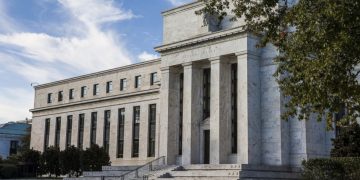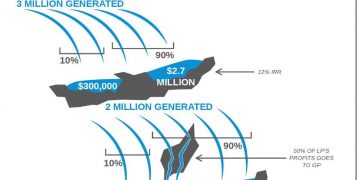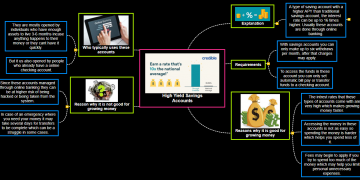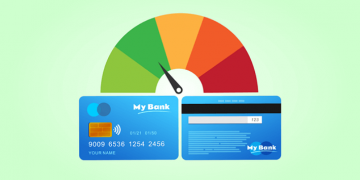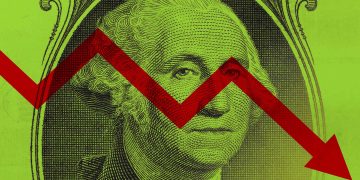Coinbase’s immediate posting in April was a turning point, putting crypto immovably in the standard. It likewise gave the exchanging stage a benefit an industry that plans to rethink monetary administrations, from stock exchanging to repayments. In any case, the game is early, and Coinbase could end up being another Netscape, the web program sensation whose offer contribution helped sparkle the website stock furor during the 1990s just to be squashed by the occupant, Microsoft’s Internet Explorer.
“At this moment, they have the name in the business,” says Lambert Despaux, a Toptal independent private business sectors master and the author of investment firm Schema Capital. “However, the opposition will be wild.”
Coinbase is one of the many cryptographic money trades sent off since Bitcoin was presented in 2009, offering financial backers an elective stage to trade advanced coins that up to this point were not accessible on ordinary exchanging locales. Money Street might have left the path totally open for the new business to grow yet the foundation has been getting used to the resource class: Bitcoin arrived at new highs this year, beating $63,000 in April, and different coins and computerized resources have seen purchasing furors.
JPMorgan Chase, as far as one might be concerned, is planning to disclose an effectively overseen Bitcoin reserve, four years later administrator and CEO Jamie Dimon referred to the digital money as “risky” and took steps to fire any of his merchants on the off chance that they contacted it. Exchanging CME Group’s crypto fates, sent off in 2017, has flooded. Cash administrator Grayscale Investments has seen resources take off in its trusts that give financial backers circuitous openness to crypto. The Securities and Exchange Commission has handled numerous applications to endorse crypto trade exchanged assets, something European controllers have allowed.
In any case, the cryptographic money trade business stays the space of upstarts like Coinbase and its adversaries. We investigated the greatest and most popular players and saw that while, at their center, they share some basic similitudes in the innovation they use, there are immense contrasts as far as quality and security, with geology and guideline assuming huge parts in those distinctions.
How the Largest Crypto Exchanges Ensure Safety (or Don’t)
Around 7,000 digital currencies have been sent off through starting coin contributions starting around 2009, however Bitcoin Ethereum actually represents the greater part of exchanging volumes on worldwide trades. Since numerous computerized coins are meagerly exchanged and guideline is so lopsided, some spot trade exchanging can be controlled by market players, known as whales, that have huge assets and can move costs, just as by siphon and dump plans, says Sandesh Hegde, a Toptal independent corporate money master situated in Mumbai.
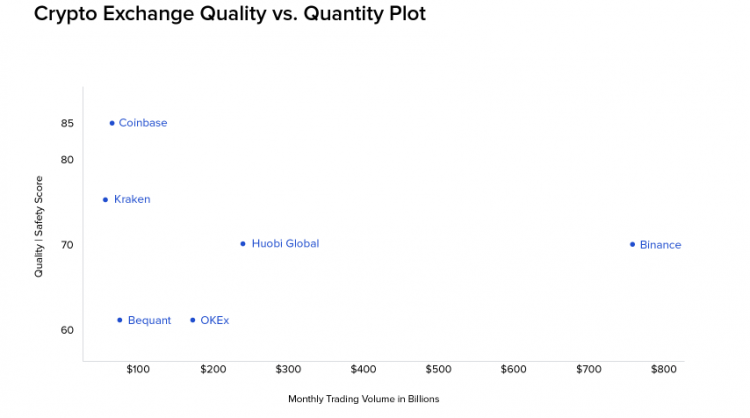
CryptoCompare positions the trades, seeing variables like the amount of a client’s crypto resources are put away in cool wallets, which are disengaged from the web thus can’t be hacked, and what sorts of assets or protection are set up on the off chance that hacks happen. It likewise endeavors to quantify the nature of a stage’s information and estimates, just as the viability of observing projects set up to forestall things like illegal tax avoidance, a perpetual cerebral pain for the business.
Coinbase procures the most noteworthy rating in the examination and is trailed by other US and European crypto trades that were set up soon after the rise of Bitcoin and have been fulfilling stricter administrative guidelines. These incorporate New York-based Gemini, which was established by the Winklevoss twins of Facebook legend; London-based Bitstamp; and San Francisco-based Kraken.
Every one of the four trades is absolutely huge player and notable name in the business. However, the biggest by a long shot is Binance, an organization sent off only four years prior in China that has developed dangerously, offering in excess of 350 coins and creating spot exchanging volume of $757 billion March, multiple times more than Coinbase, as indicated by a report from CryptoCompare.
“There’s dependably an upstart that could without much of a stretch arise as the following new thing,” says Clara Medalie, Strategy Lead at Kaiko, a market information supplier for the computerized resources industry. “It’s undeniably challenging to anticipate.”
While Binance is positioned lower than Coinbase for quality and wellbeing, it is broadly considered to be the most inventive, for example disclosing one of the business’ first crypto subsidiaries stages for more complex merchants. The organization migrated tasks seaward in 2018 later China got serious about crypto yet it has crossed paths with controllers in some different wards and had to offer a stripped-down variant of its web-based exchanging entryway to the US.
The greatest trades have kept away from the sort of fantastic hacking assaults that tormented the business since Mt. Gox, the principal significant stage, imploded in 2014 later a large number of its advanced coins were looted. Binance endure a hack in 2019 when $40 million was taken from accounts. The organization covered the misfortunes utilizing an asset it set up for such circumstances. Due to the instability of crypto costs, protection for trade accounts is as yet restricted, however cash adjusts at organizations like Coinbase really do fit the bill for inclusion from the Federal Deposit Insurance Corp.
Cutthroat Field: Security versus Volume
The greater part of the exchanging followed by CryptoCompare is led on trades sent off in Asia, making the district a competitor as the business’ focal point of gravity. One of the other biggest crypto stages is Huobi Global, which was additionally established in China, however, moved its base camp seaward to Seychelles. Huobi offers financial backers nearly however many coins as Binance, 325 contrasted and 358, yet doesn’t draw in a similar measure of traffic, posting exchanging volumes of about $210 billion March versus $757 billion for the market chief.
Coinbase whined with regards to its seaward adversaries in its protections recording before it opened up to the world in April, referring to that its “obligation to consistency … ha[s] brought about our clients moving huge assets and crypto resources for unregulated or less controlled contenders.” Still, its notoriety gives it a benefit as crypto attacks monetary business sectors with tokenized variants of items like stocks and bonds, just as other managed ventures in which US foundations are set up pioneers.
“That is the intriguing thing,” says Hudson Cashdan, a Toptal independent blockchain master, and previous dealer and flexible investments value examiner. “Which is the triumphant technique? Is it the Wild West? Or then again would you like to remember the big picture inside the current administrative design, which is the thing Coinbase is doing?”
Coinbase made its name as the most secure entrance for changing over dollars into tokens and fostered a financier business that pulled in retail as well as a developing unit of corporate customers like Tesla and multifaceted investments Third Point Management. While it slacks rivals in exchanging volume, it actually has the most resources under administration on its foundation, a $223 billion pool of liquidity that gives it the ability to give prevalent estimating and exchange execution that institutional financial backers request, says Zachary Elfman, a Toptal independent money master.
How Coinbase Makes Money
The exchanging charges financial backers pay when they convert their government-issued types of money into crypto, just as when they exchange coins on stages, are the essential wellspring of income for trades. The broadness of administrations and markets is additionally developing with more edge exchanging, influence, and subordinates on certain stages. In that sense, the trades are similar to set up stock exchanging locales like Charles Schwab, in that they to a great extent depend on exchanges for a lot of their income.
Volumes for crypto trades are, obviously, intensely impacted by the value unpredictability of cryptographic forms of money. As of now, the biggest impact remains Bitcoin. Coinbase’s absolute exchanging volumes almost multiplied in the final quarter last year, developing to $89 billion versus $46 billion the earlier three months. This mirrors Bitcoin, which nearly significantly increased in cost in those three months. Coinbase is quickly extending the number of coins it upholds as it accepts this will give some degree of soundness from broadening.
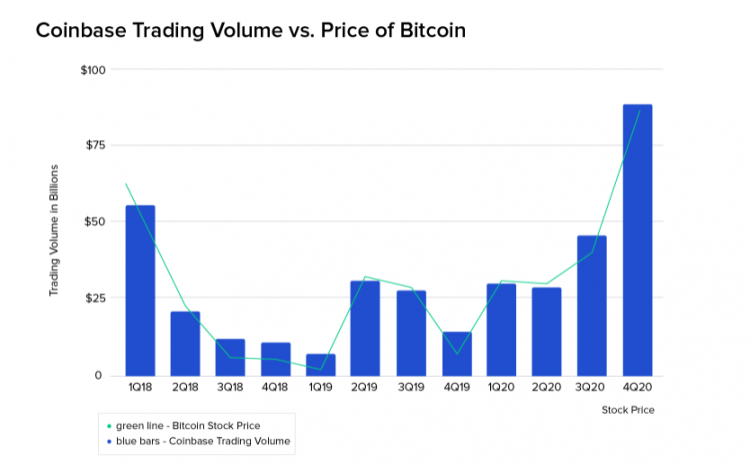
Coinbase gets the vast majority of its income from exchanges, with retail financial backers paying to exchange charges as high as 4%, while institutional financial backers, which exchange higher volumes, paid under 10 premise focuses on normal last year. This looks at contender Binance’s expense of around 0.1% and to a conventional financier like Charles Schwab that doesn’t undeniably charge anything for online stock exchanges. At present, Coinbase accepts it has to estimate power as it gives coordinated secure resource stockpiling and extortion anticipation. By and by, expenses might have to pack as businesses like Robinhood Financial venture into crypto markets.
The organization’s different wellsprings of income, membership, and administrations, incorporate items like custodial administrations for institutional financial backers. While this piece of Coinbase’s income is right now not exceptionally significant at just $45 million on $1.3 billion of complete income, it is developing quickly, up 126% year over year in 2020, though at a lower rate versus exchange income, as all-out income was up 139%. These administrations are essential for Coinbase’s methodology to speak to the individuals who esteem security and appropriate adherence to guidelines.


